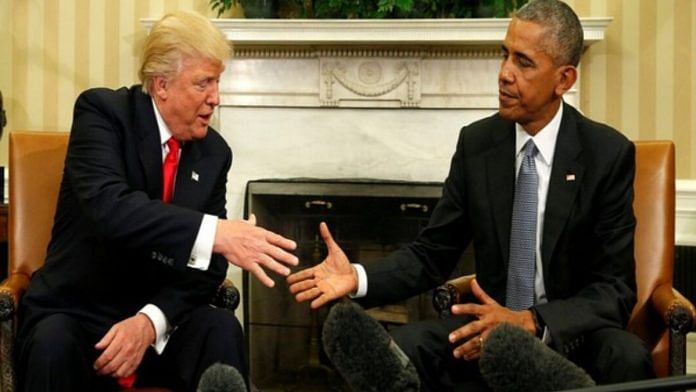Homan has now of more stringent measures, as the deportation of immigrants will continue. “Every day, not only in California, Los Angeles, as we have teams throughout the country that are out there looking for those in the country.”
For several reasons, it won’t be a limited-time operation against illegal immigrants, nor will it be an easy task. ICE, originally mandated to focus on public safety and national security threats, has now become the key agency for the Trump administration to crack down on immigrants. Not being a police force, the ICE has its own issues in dealing with a riotous mob. The supposedly far-Right architect of Trump’s anti-immigration agenda, Stephen Miller, is said to have held a meeting of ICE officials and handed down quotas, telling them, “Just go out there and .” It is the Trump administration that lit the fuse of protests and is now paying a heavy price.
Another reason LA protests could escalate is its political background. California, the most populous state in America, has voted for Democratic presidential candidates since 1992. Trump’s opponent in the presidential election, Kamala Harris, a California native who served as the state’s Attorney General for six years and later as U.S. Senator, polled 58.45 per cent votes as against Trump’s 38.32 per cent votes. In Los Angeles alone, she secured 64.82 per cent votes while Trump just managed to get 31.91 per cent votes.
California experienced immigration-driven demographic change in the 1990s, as former US Senate member Pete Wilson’s anti-immigrant and racist re-election campaign for governor of California in 1994 targeted undocumented Latinos in rhetoric and policy. Wilson’s anti-immigrant campaign stimulated Latinos and other immigrant groups. It gave rise to a new generation of Latino politicians, who enlarged their vote bank. In the absence of federal immigration reform, California began supporting the Democrats who helped their voter base create a structure of state-level citizenship for undocumented Americans—a euphemism for . Today, California is an anti-Trump state and immigrants who have stood by the Democrats are not going to be easily let down.
While the Democrats and Republicans are at loggerheads with each other on the issue of illegal migrants, the ICE action in LA is seen as a curtain raiser to Trump’s ‘biggest deportation operation’, which is yet to be unveiled.
Incidentally, Trump isn’t the first president of America to deport immigrants. The 1996 Illegal Immigration Reform and Immigrant Responsibility Act and the Personal Responsibility and Work Opportunity Reconciliation Act empowered states and cities to implement immigration law—encouraging police officers to question individuals about their immigration status during stops. Noncitizens could then be transferred to ICE custody and deported. In 2008, ICE launched the Secure Communities and Section 287(g) agreements, which facilitated data-sharing links between local police officers, the Department of Homeland Security (DHS), and the Federal Bureau of Investigation (FBI), which ramped up deportations.
During his tenure as President, Barack Obama had deported nearly three million non-citizens compared to two million deported during the tenure of George W Bush. This earned him the nickname “.” In a victory for immigrant rights activists, Secure Communities was reined in during Obama’s second term due to racial profiling concerns. However, during Trump’s first term, the Executive Order on Border Security resuscitated ‘Secure Communities’. The second Executive Order, “Enhancing Public Safety in the Interior of the United States,” delineated Trump’s interior enforcement priorities. The order resurrected and expanded efforts to bridge local and federal law enforcement agencies and increased the number of ICE agents.
As every country has a right and is obliged to protect its citizens and national interest from being outpaced by illegal immigrants and ‘foreigners’, what Trump and other presidents before him have done is perfectly constitutional. Yet, Trump could do a course correction and share the credit of deporting illegals with former presidents (possible) and try to be suave and more diplomatic (difficult), at the least.
Whatever be the politico-legal consequences of deporting illegal immigrants, America, the land of immigrants and the land of opportunities, is deeply engaged in the process of defining who is ‘more American’.
Seshadri Chari is the former editor of ‘Organiser’. He tweets @seshadrichari. Views are personal.
(Edited by Ratan Priya)








